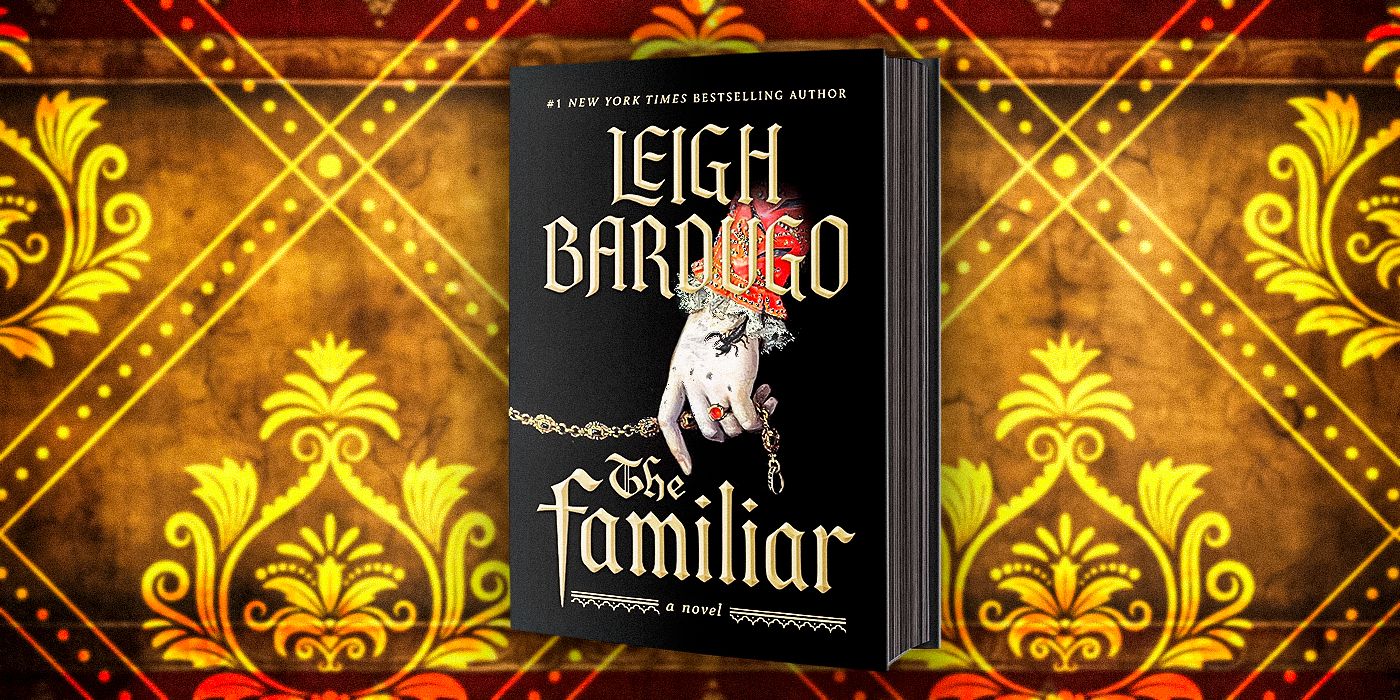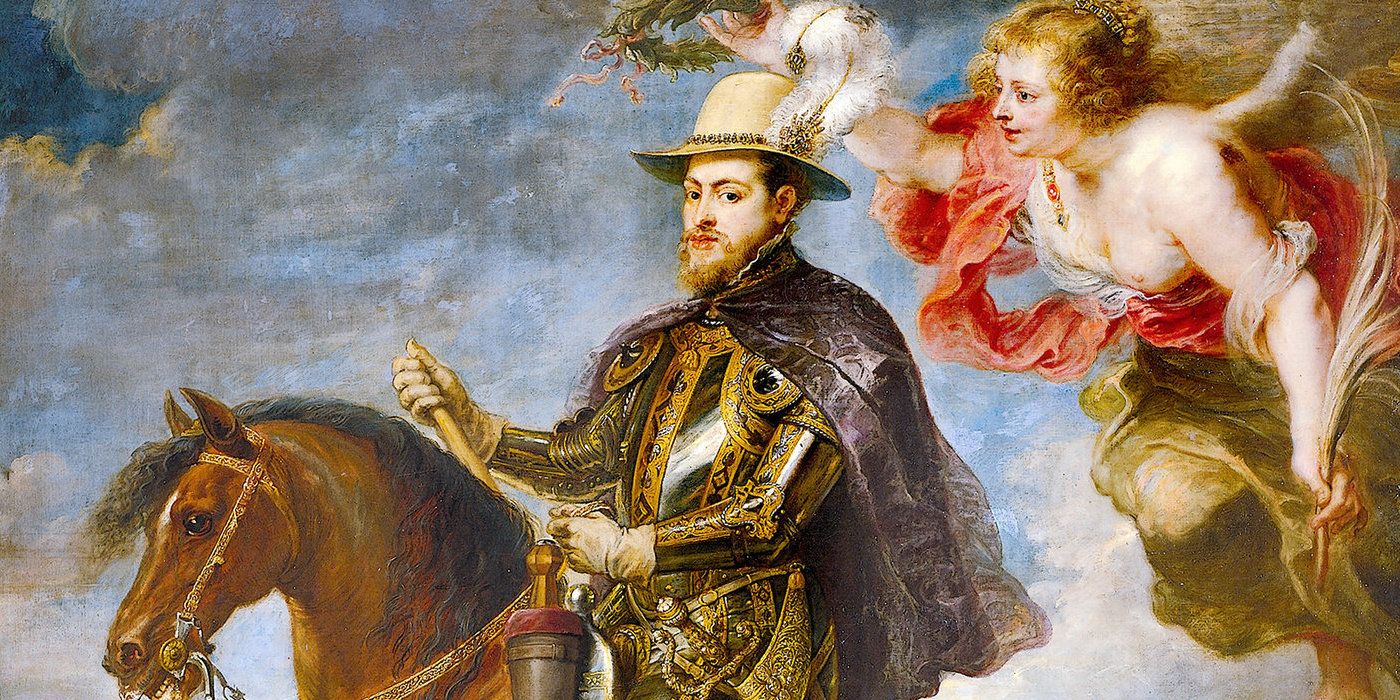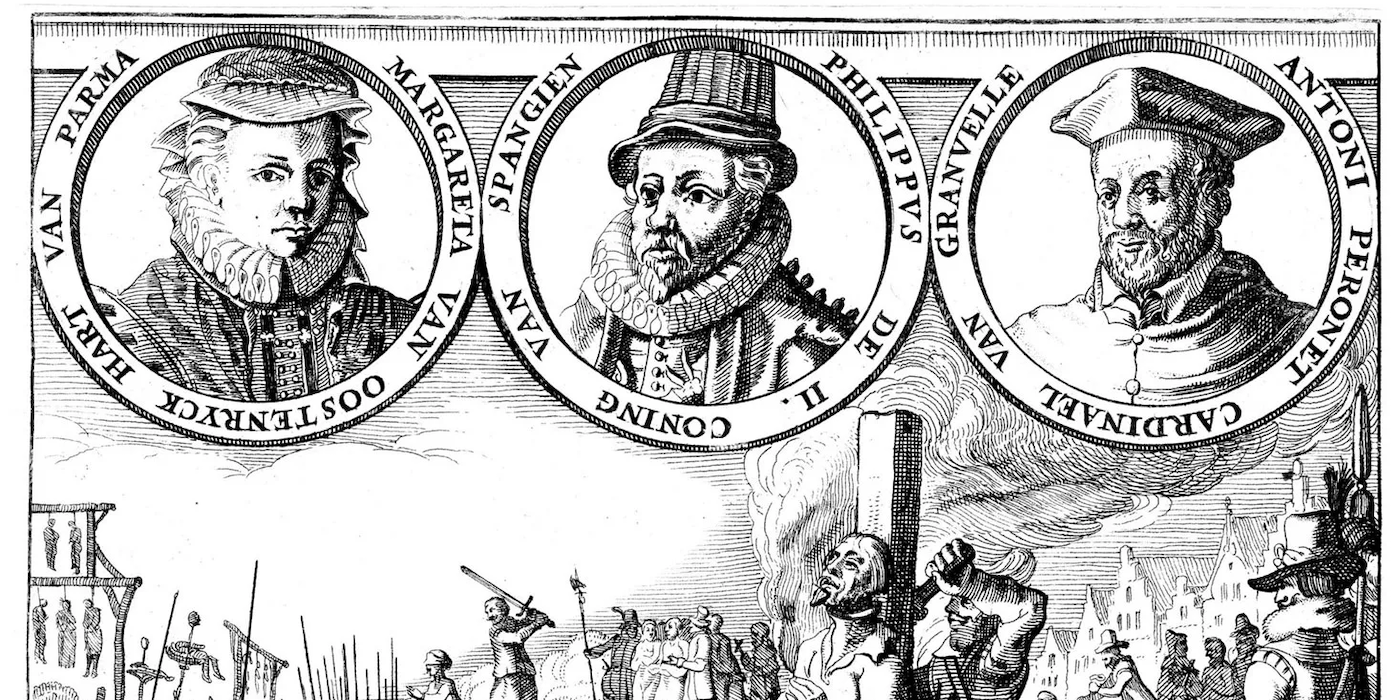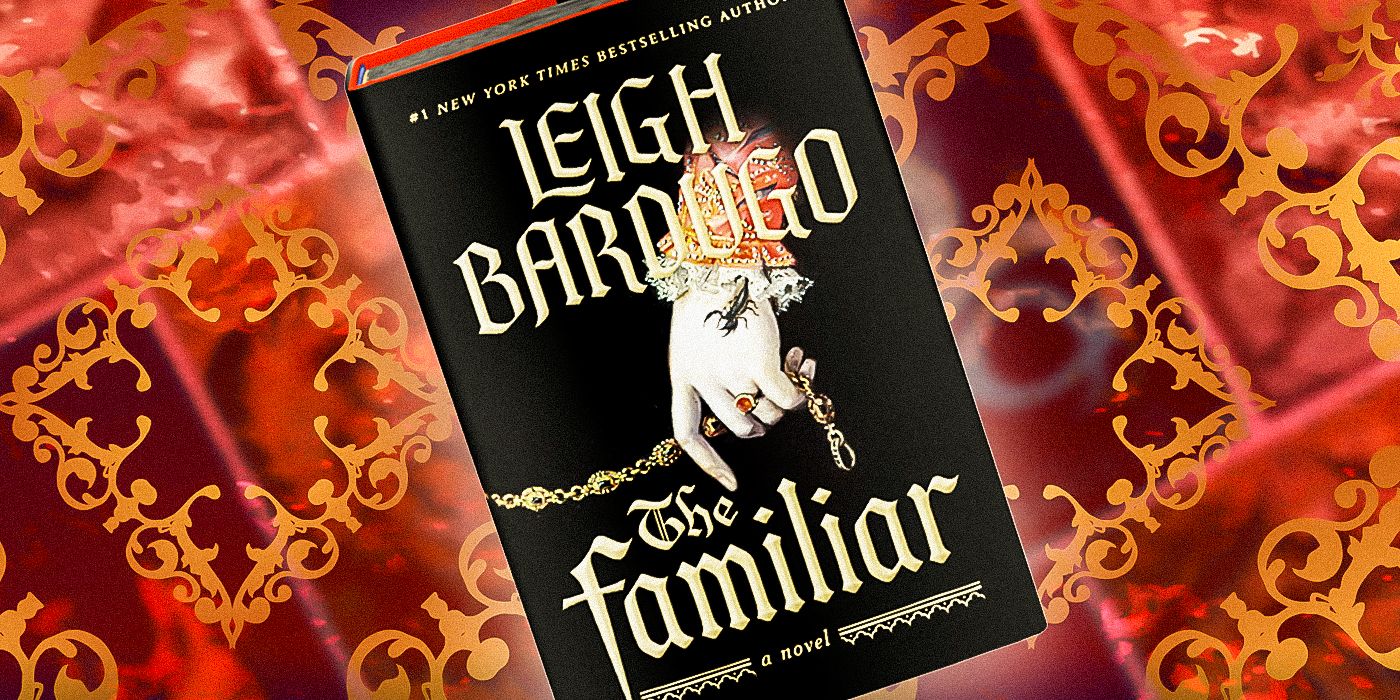Every Real Historical Figure In Leigh Bardugo’s The Familiar
Summary
- The Familiar blends fiction with real history, weaving together the lives of fictional characters and historical figures exquisitely.
- King Philip II’s actions set off a chain of events in The Familiar, revealing the power and impact of real-life historical figures.
- Characters like Antonio Pérez and Lucrecia de León add depth to The Familiar, enhancing its romantic and spicy historical fiction narrative.
While most of the characters in Leigh Bardugo’s new book The Familiar are fictional, there are a few real-life historical figures who play supporting roles. The Familiar is a love story set against a backdrop of magic and immortality, but equally against a backdrop of history. Scullery maid Luzia Cotado is thrust into a world of political intrigue and power when her talent for creating little miracles is discovered, and she’s forced into a partnership with the immortal Guillén Santángel. As they work together, a deep love blossoms between them.
Though the two main characters in The Familiar are wholly made up, The Familiar is richer for being a detailed historical study of real events and real people. Most of those real characters play only small parts in the story, but their contributions are great. Their lives, and the color they lend to the story, help create the rich tapestry of romantic and spicy historical fiction of The Familiar.

Leigh Bardugo’s The Familiar Ending Explained
Leigh Bardugo’s The Familiar ends on a fiery twist, with multiple characters experiencing karmic circles as their story arcs come to a close.
King Philip II
King of Spain From 1556-1598
King Philip II looms large over the events of The Familiar, despite only one brief passage really getting into his head. Otherwise, he’s spoken of by everyone else, but he’s not a character who moves through the pages of the story. It’s King Philip who unintentionally sets the events of the story into motion when his fury at his former royal secretary, prompts the secretary to go to extreme lengths to either get back into the king’s good graces or flee the country.
The real King Philip was part of the House of Habsburg (hence his Habsburg chin) and born in Valladolid Spain, to Emperor Charles V and Isabella of Portugal. He inherited his Spanish empire from his father, eventually becoming the Duke of Milan in 1540, Lord of the Seventeen Provinces of the Netherlands in 1555, King of Spain in 1556, King of Portugal in 1580, and the King of Naples and Sicily from 1554. Under his rule, Spain entered its Golden Age and the height of its power.
However, Philip’s ambition and his devout Catholicism also saw Spain at the height of the Spanish Inquisition, when any non-Catholic was seen as a heretic and people could be executed for even the most innocuous of accusations. His war with England, specifically the Protestant queen Elizabeth I, eventually saw Spain’s famous armada destroyed in a series of sea battles. By the end of his life, Philip’s health had significantly started to decline, with historians attributing his death to some form of cancer.
Antonio Pérez
Royal Secretary From 1543-1579
Of all the real-life figures in The Familiar, Antonio Pérez plays the most significant role. It’s he who organizes the competition between the milagreros to become the king’s next miracle worker and holy champion. He arranges the contest, he organizes the various tests the competitors will undergo, and he offers to hold the competition and house the competitors and their entourages at his villa, La Casilia. However, it’s all a ruse as Pérez merely wants the competition to act as a distraction so he can escape Madrid.
Though a competition of miracle workers, of course, never happened, most of Antonio Pérez’s story beats in The Familiar are true to history, though the exact dates were fudged a bit for dramatic effect. Pérez was King Philip II’s royal secretary for decades, beginning when Philip II was still a prince and not yet a king. It was also Pérez’s own machinations that saw him falling out of the good graces of his royal patron.
In 1575, Antonio Pérez convinced King Phillip II to install Juan de Escobedo as his counterpart to Don Juan of Austria – Don Juan being Philip’s half brother, and someone whom Philip suspected of conspiring against him. Pérez used this to his advantage, putting suspicions in the king’s ear and drumming up opposition to Escobedo and Don Juan. Eventually, Pérez took matters into his own hands and arranged to have Escobedo assassinated. After this, King Philip II realized his secretary had been manipulating him the entire time, and gave the call for Pérez to be arrested. Pérez ultimately escaped with the help of his supporters and fled to France, where he died in 1611.
Lucrecia de León
The Prophetess Of A Country’s Doom
Similar to King Phillip II, Lucrecia de León is a character who is spoken of more than seen in The Familiar. She was the real-life precursor to the fictional Teoda Halcón of the story, a prophetess who was granted visions, many of which were stunningly accurate. In the book, Lucrecia’s visions foretell the downfall of Spain and Phillip II himself and see the court turn against her holy gifts and accuse her of devilment. The first time she’s actually seen in person is toward the end of the book, in an Inquisitors’ prison in Toledo, Spain.
The real Lucrecia de León also reportedly saw visions, though she came from no particularly unique background. Born in Madrid in 1567 to the daughter of a merchant, Lucrecia was born a commoner. Though she was said to be quite clever and cultured, Lucrecia was illiterate. Most women at the time were educated only in the ways of religion and marriage, as that was what could be expected in life, but things changed for Lucrecia when she was not yet a teenager and entered the service of a lady of the court.
Around this time, Lucrecia began to experience prophetic dreams, which she and her family initially tried to hide for fear the Inquisition would declare her a heretic and condemn her to death. However, her prophecies started to be disseminated when her confessor, Don Alonso de Mendoza, learned of them. As a staunch opponent of the Habsburgs, he tweaked many of Lucrecia’s prophetic visions to be more political in nature, with her dreams apparently foretelling even the defeat of the Spanish Armada.
For a while, Lucrecia was celebrated, though her dreams in reality weren’t quite as accurate or neutrally influenced as The Familiar makes them seem. When her dreams started to include King Phillip II himself in an unflattering way, however, Lucrecia was accused of being a supporter of Antonio Pérez. She was ultimately arrested and found guilty of sedition, falsehood, blasphemy, sacrilege, and having a pact with the devil. Despite this, a portion of the court still strongly supported her. As such, she wasn’t put to death, but merely sentenced to 100 lashes, banishment from Madrid, and confinement to a religious convent for a period of two years.
Mateo Vázquez de Leca
Royal Secretary From 1573-1591
Mateo Vázquez de Leca plays a very small part in The Familiar toward the end of the story, but it’s an important one, nonetheless. He is sent in King Philip II’s stead to oversee and judge the final trial of the competition. Of course, the competitors and assembled guests recognize this for the purposeful slight it is: the king has no such interest in seeing Antonio Pérez’s competition, a complete rejection of his former secretary’s attempts to get back into his good graces.
The real Mateo Vázquez de Leca did indeed succeed Antonio Pérez as the king’s royal secretary, though the dates were shifted a bit for The Familiar. Little is known of Vázquez’s early life, just that he was born in Corsica, Italy, as the son of Santo de Ambrosini of Lecca and Isabella of Luchiano. As a young man, he entered into the Church, becoming an ordained priest. In March 1573, he became the second royal secretary to Philip II, and, despite his common station, became a trusted confidante and close advisor to the king. Vázquez died in 1591 at the age of 49 from gout.
The Familiar
is available wherever books are sold, or as a digital download.








